Group behavior is what animals do with other animals to help them survive. Groups can be large, like a herd of a million wildebeest, or small, like a pride of a few lions. Humans live in groups also, and we work together to help one another. The purpose of group behavior is to help living things survive.
To better understand animals behavior in the wild…
LET’S BREAK IT DOWN!
Animal Group Behavior can involve a few animals or thousands.
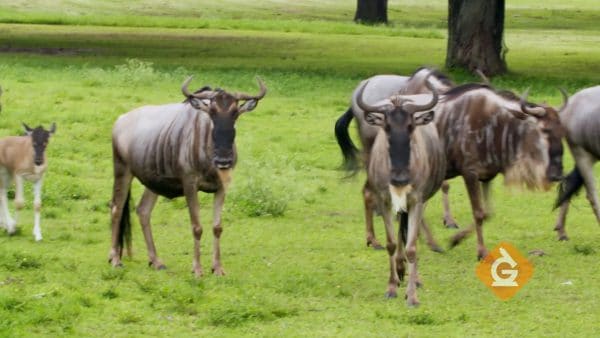
Animals can form groups that are big or small. An African lion pride usually consists of about 13 lions. By forming a group they can hunt more effectively. It helps them survive.
Wolves also form small packs of between 5 and 11 individuals. Wolf packs also hunt together and defend themselves against intruders.
Wildebeest can be found in huge groups of over 1 million in eastern Africa. Wildebeest are very vulnerable to predators, which is why they live in such large herds. When a predator gets near, they make an alarm call to signal the other members of the herd. Interestingly, they also stay close to zebras. Scientists think that they hang out with zebras in hopes that the predator will catch a zebra instead of a wildebeest.
Wildebeest are part of the great migration, during which time they travel from the Serengeti in Tanzania to grasslands in Kenya. The migration is in a circle, consisting of 500 miles of grass. Traveling in large herds is the safest way to make this journey.
Groups can help animals defend themselves.

One of the main reasons animals form groups is to defend themselves. When there are more individuals in the group, there are more pairs of eyes to look out for danger.
Meerkats stand up to look around for predators, mainly big birds, that might attack the group. Meerkats, which live in the African savannah, have lightly-colored fur to blend in with the sand. They dig burrows with many different rooms, entry points, and exits so they can escape and hide from predators. All the members of the group also help take care of the babies.
Groups can help animals gather food.
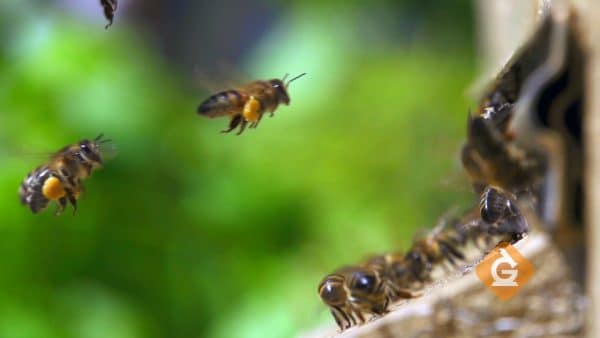
Another reason animals form groups is to gather food. Honey bees are very organized. Worker bees are the most plentiful bees in a colony. One of their jobs is to supply the colony with food by collecting nectar from plants. Worker bees communicate with each other by doing a waggle dance to direct other members of their hive to flowers. When they return to the hive, worker bees share food with other bees and feed the bee larvae. Without working as a group, they could not build such an awesome home.
Groups can help animals find mates.
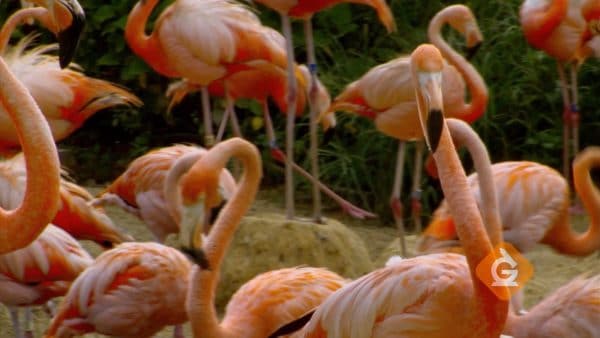
When animals live together to share food, it is much easier for individuals to find mates. Colonies of flamingos can range in size from 50 individuals to thousands of members. They typically form groups because they share the same food source, which consists of algae and shrimp.
One of the benefits of living together is that they do not need to travel far to find mates. This helps them survive because if they had to travel far they could get eaten!

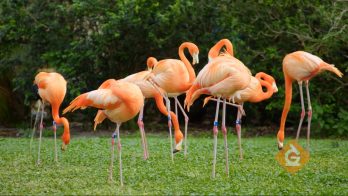








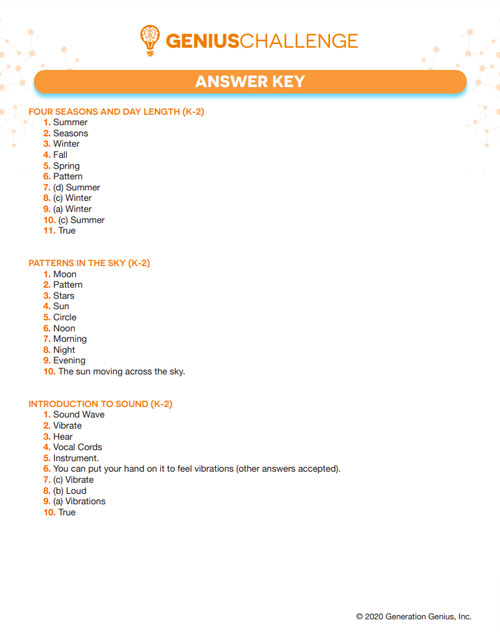























































































































 Select a Google Form
Select a Google Form












